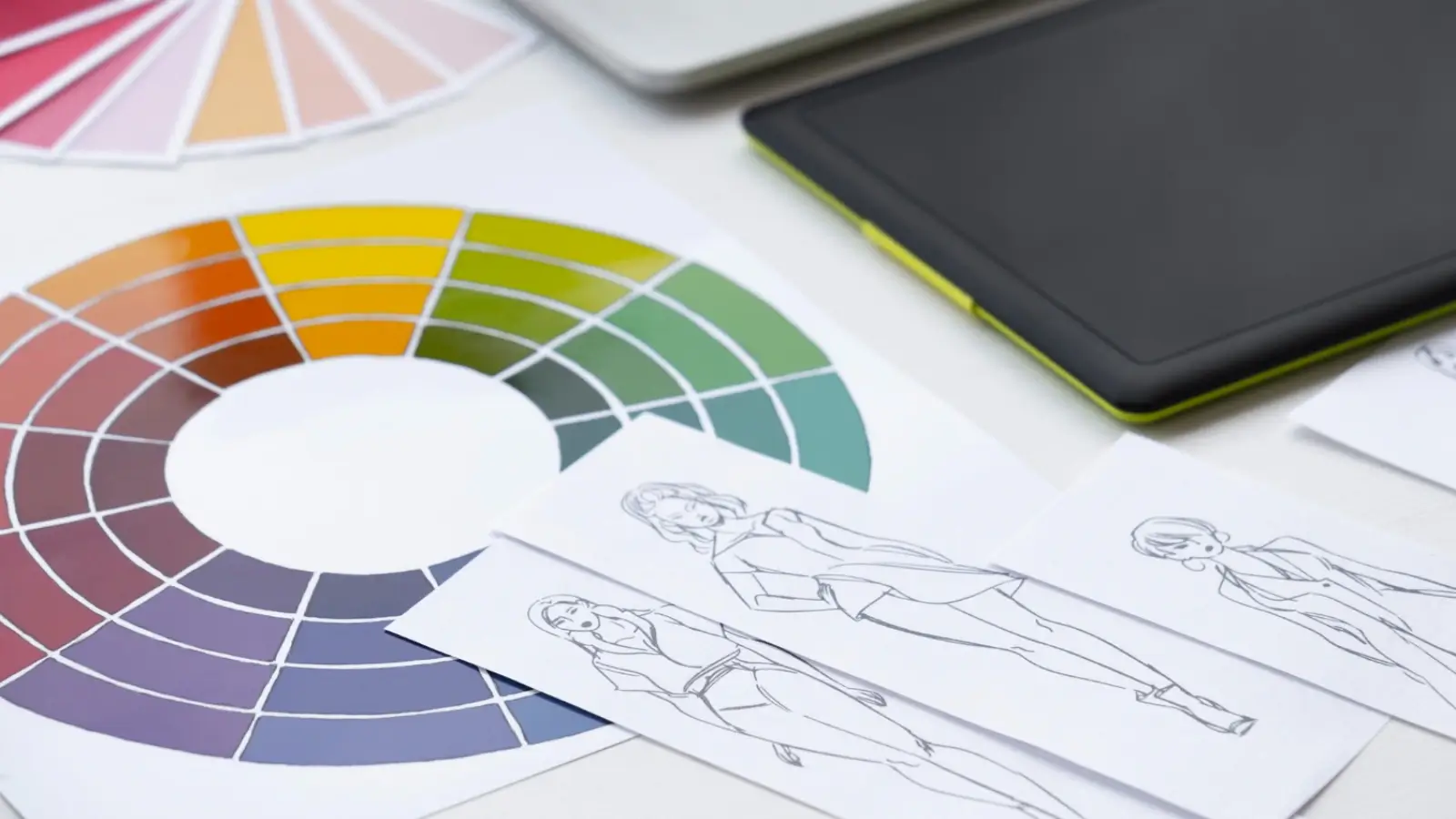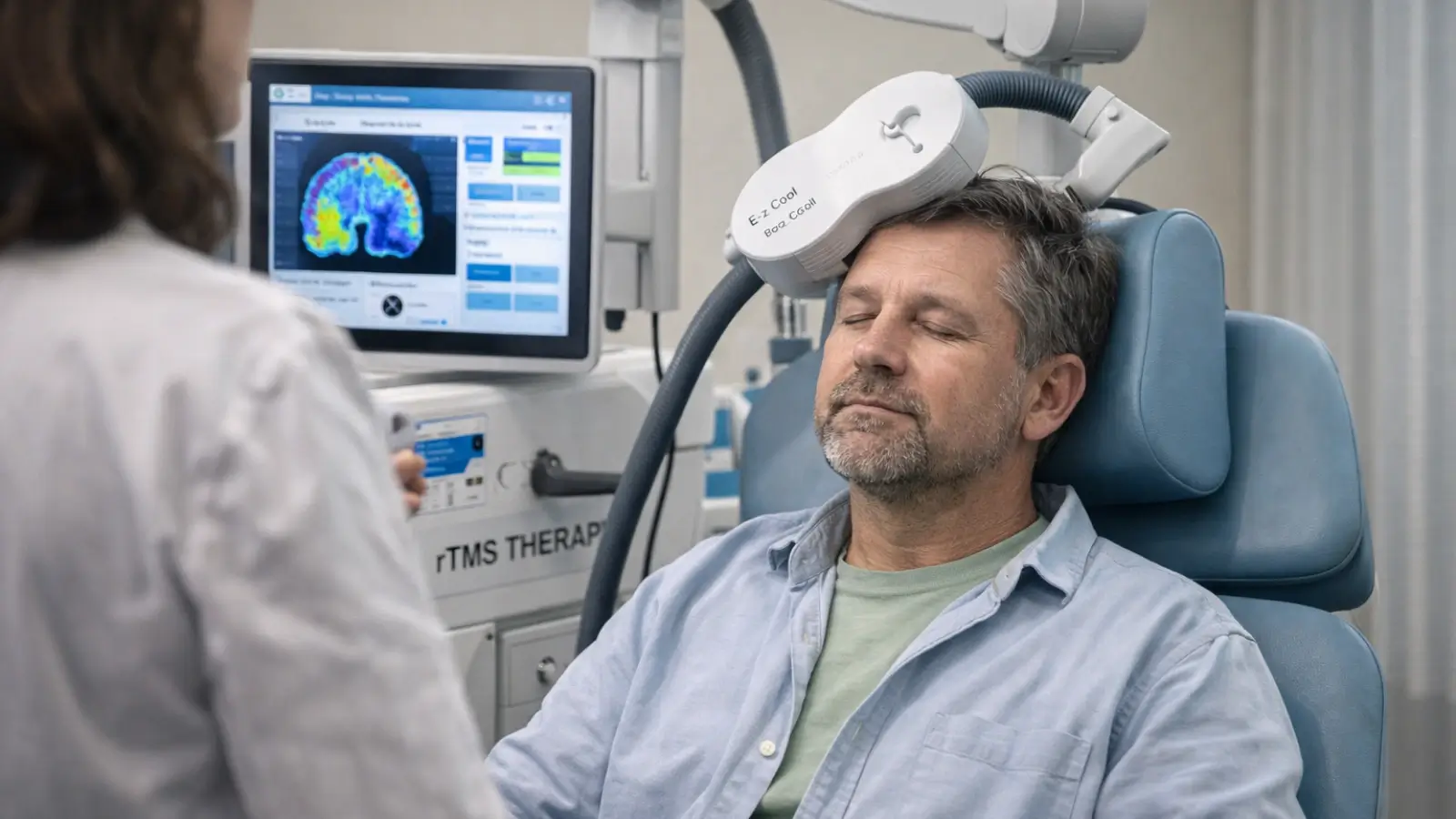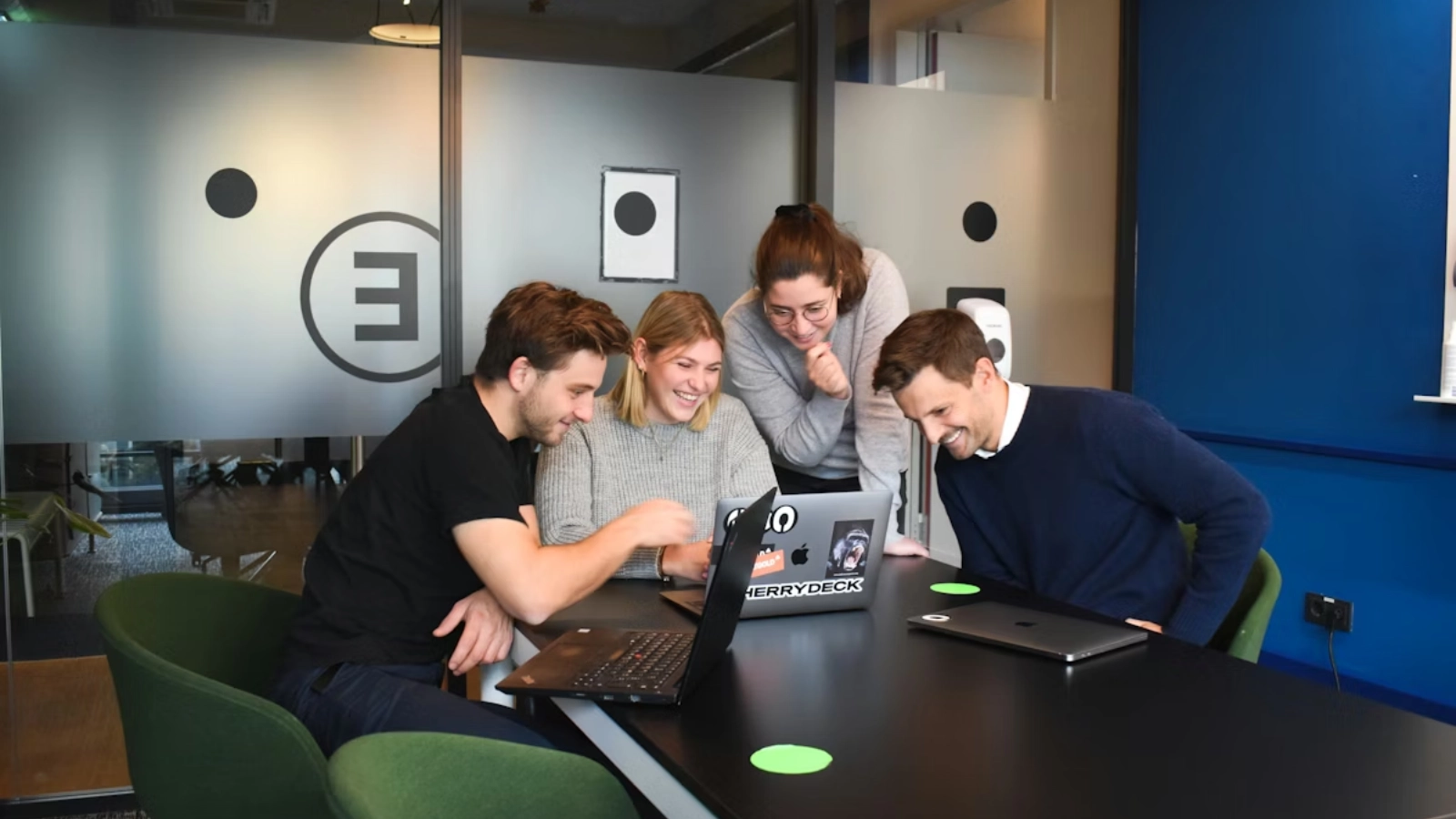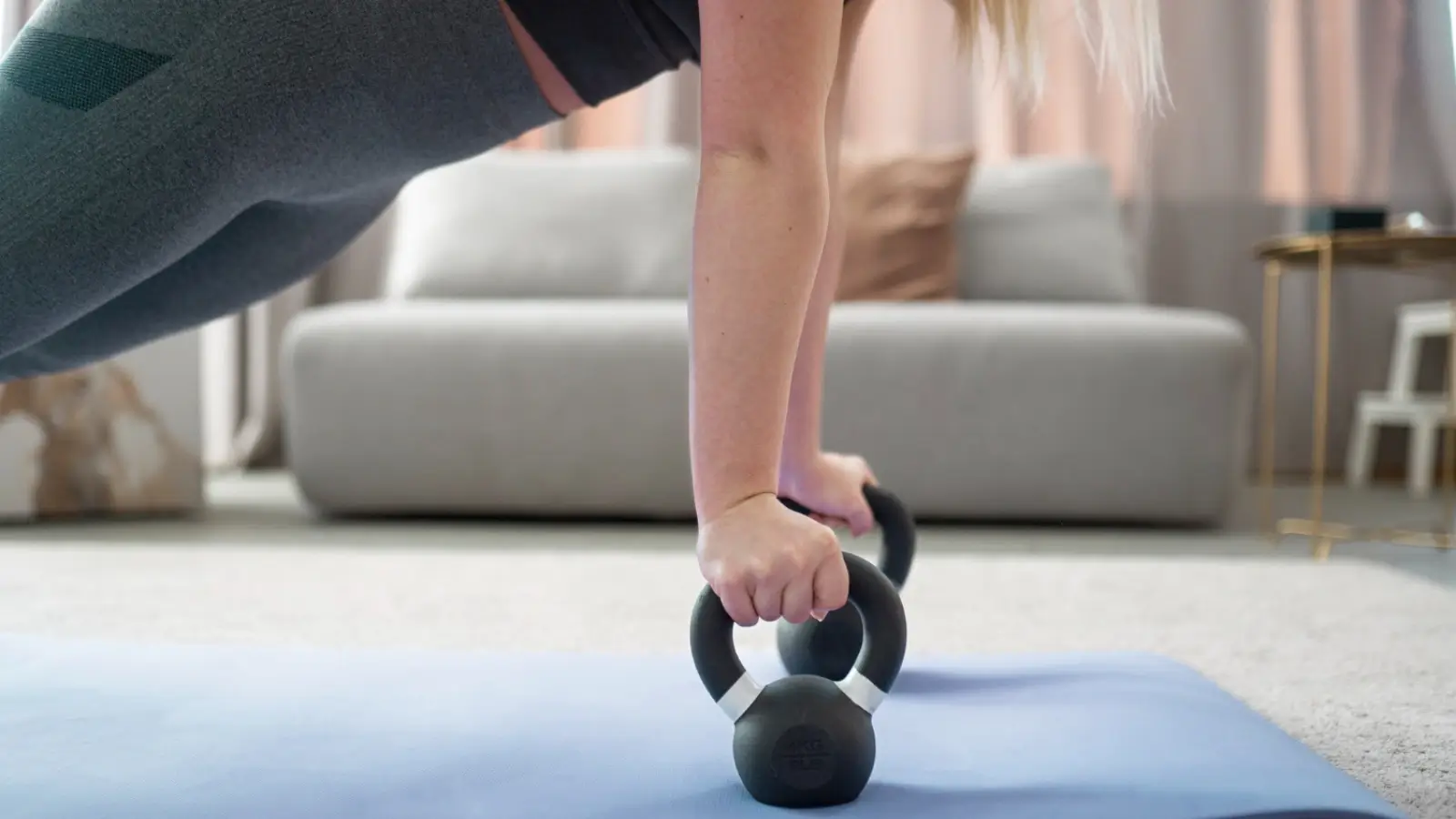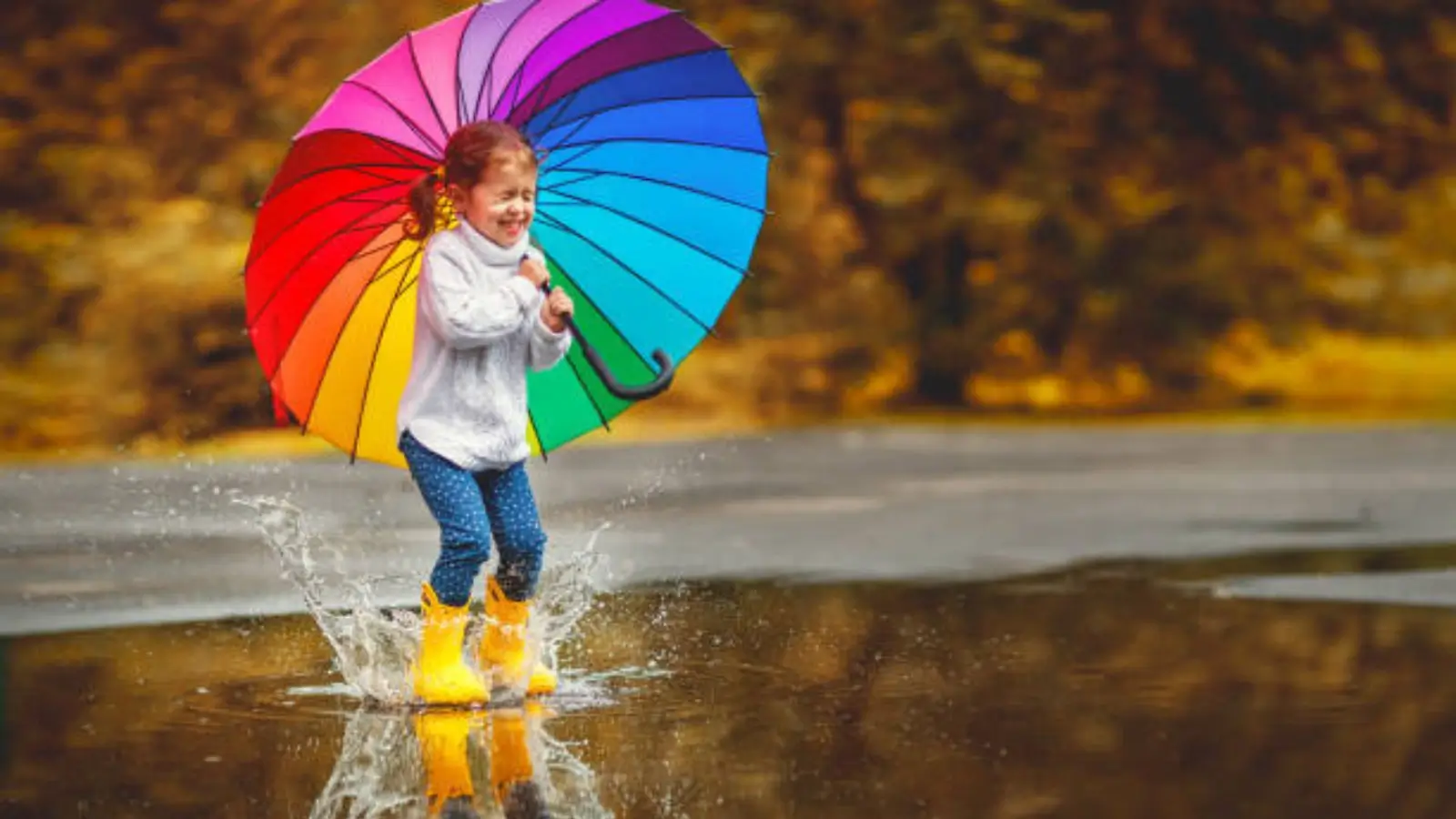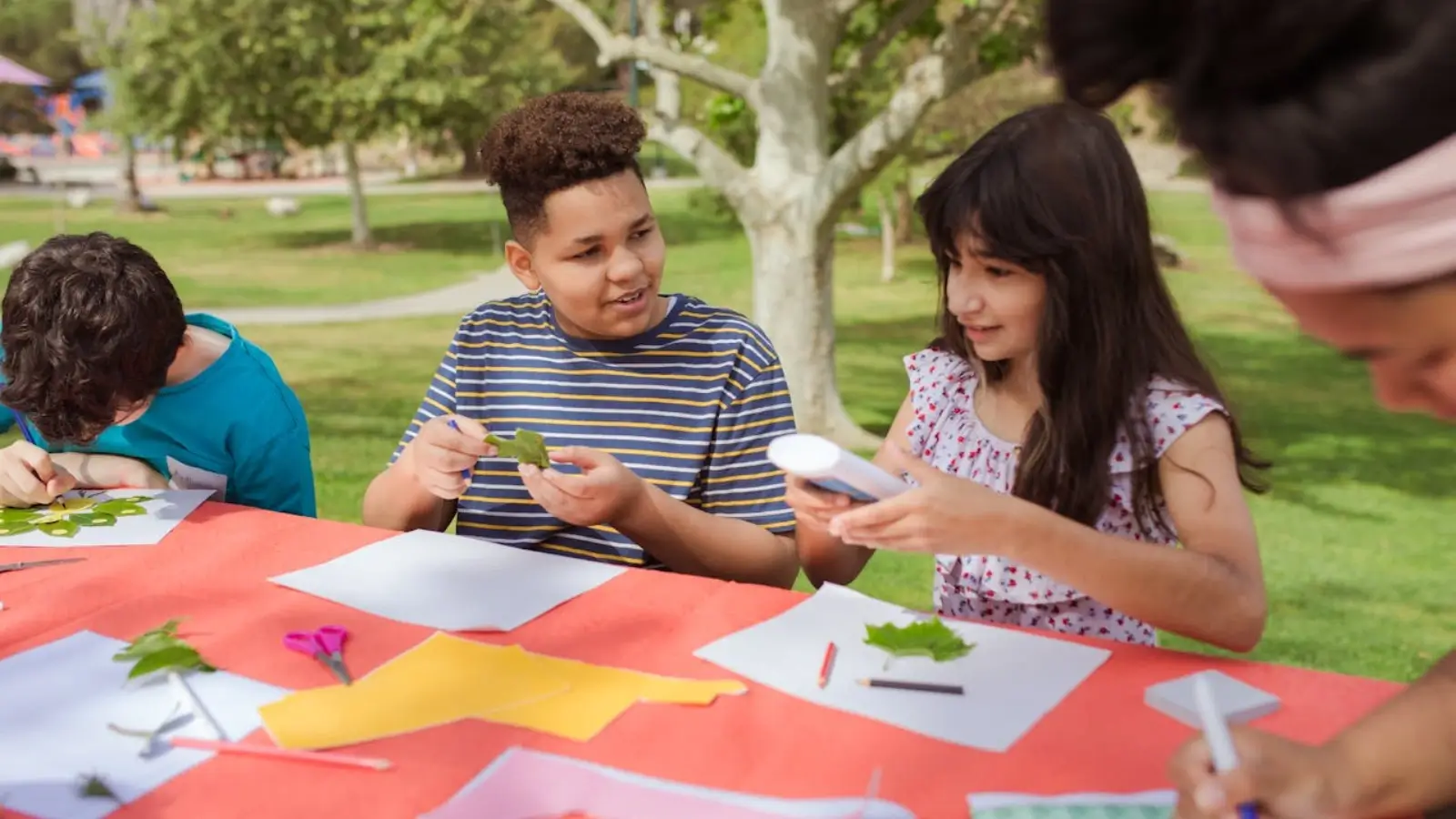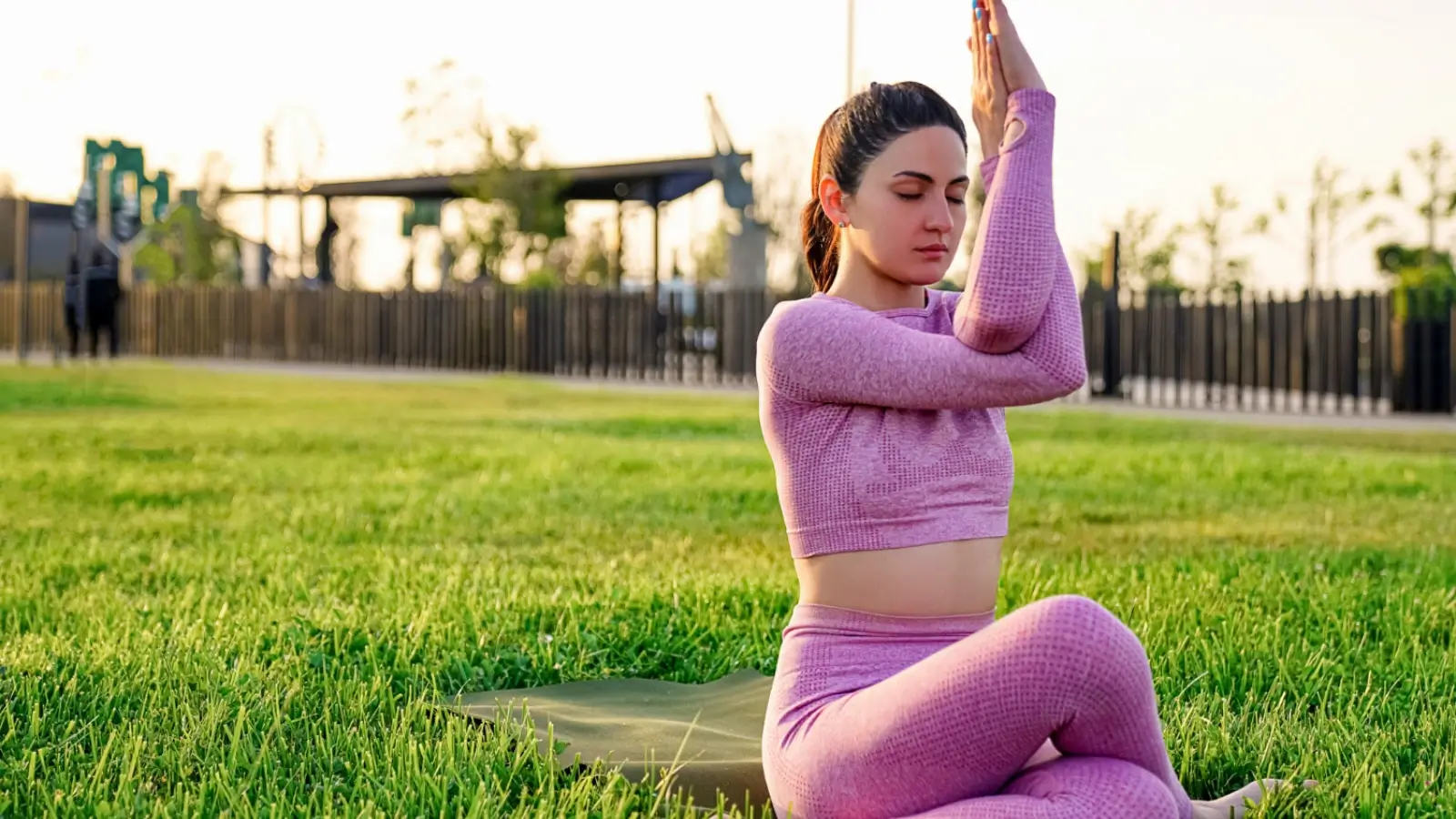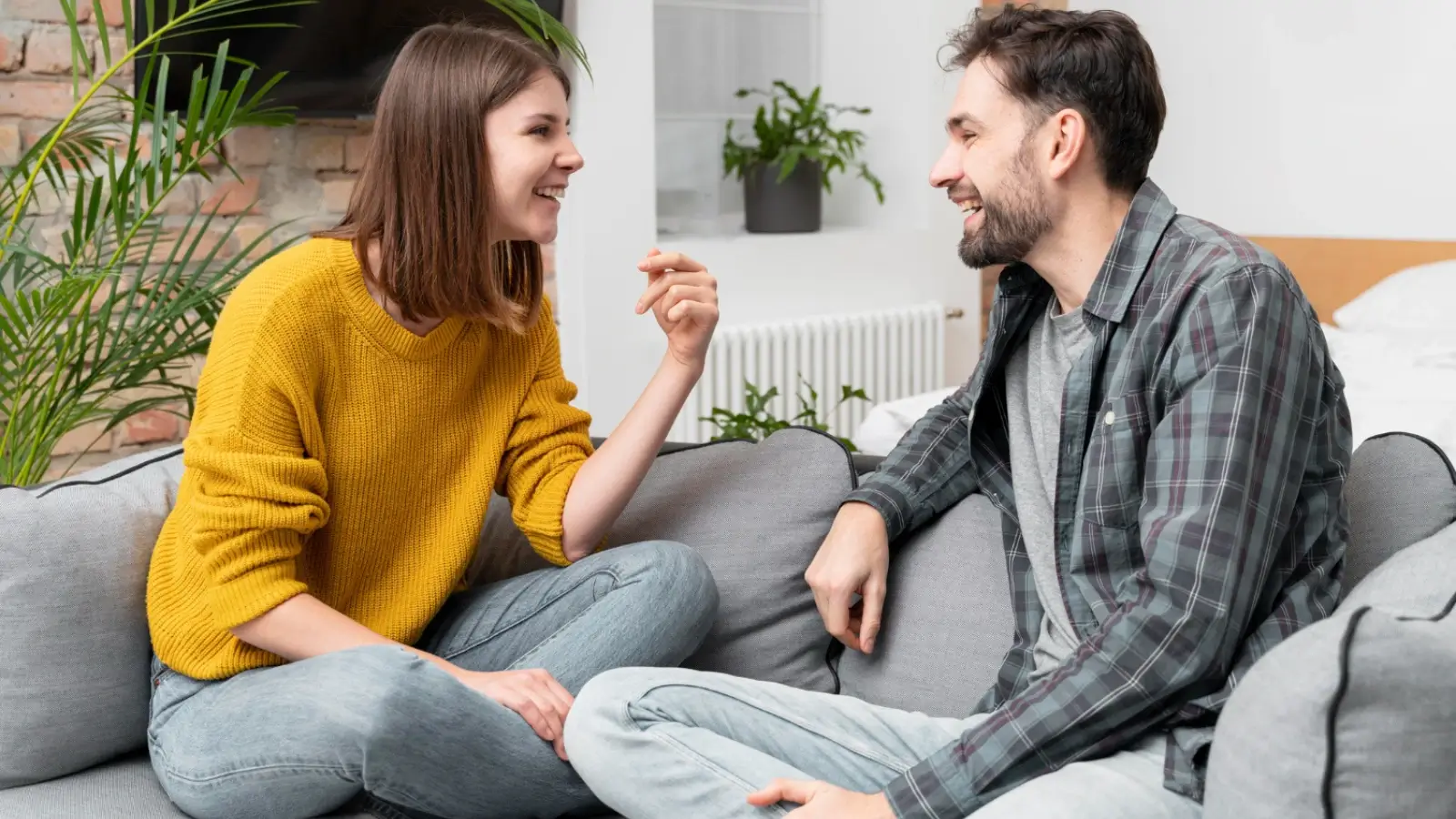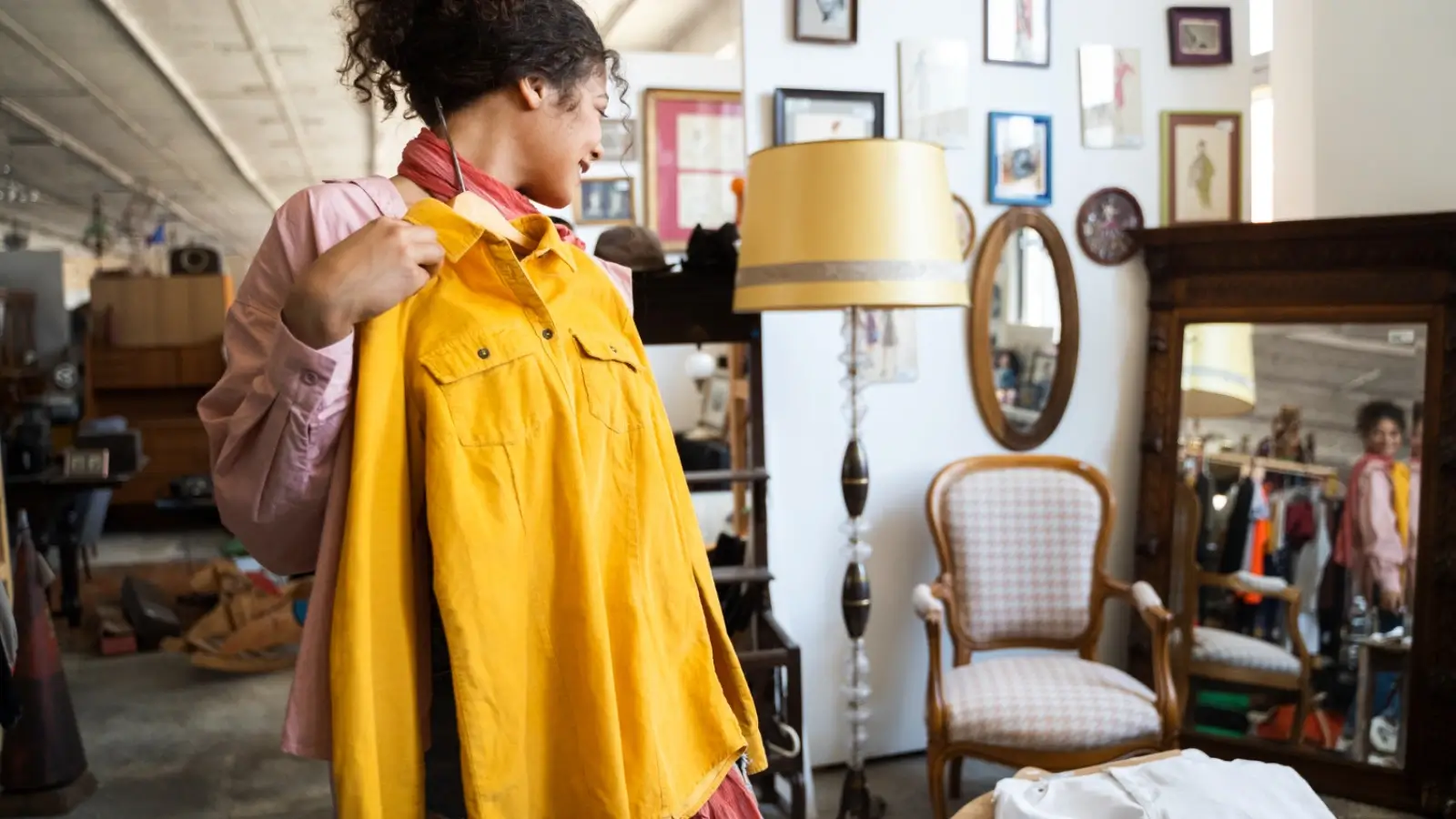Introduction
Getting dressed can feel confusing when you're unsure which colors go together. That is why the apparel color wheel comes in. It’s a tool assists you understand how colors work in fashion. If you want to create more bold looks or stick to soft, everyday outfits, learning how to pair colors using the color wheel can upgrade your style.
Let’s find it down in a super simple and practical way so you can use it with confidence.
What Is the Apparel Color Wheel?
The apparel color wheel is a circular diagram that showcasing how colors can relate to each other used by everyone.
-
Primary colors: red, blue, yellow
-
Green, orange, and purple fall into the secondary color group
-
Tertiary colors: like teal, coral, and burgundy (made by mixing a primary and a secondary)
Warm, Cool, and Neutral Colors
Understanding color temperature is key to pairing clothing:
-
Warm colors red, orange, and yellow bring a sense of energy
-
Cool colors: blue, green, purple — calm and soothing
-
Neutral colors: black, white, gray, beige, navy, and denim — go with almost everything
Neutrals are the best base when you're experimenting with bolder colors. They're timeless and create space for statement pieces.
Common Color Pairing Methods
By using the apparel color wheel, some simple color schemes you can try:
1. Monochromatic
Wear different shades of the same color, like a light blue shirt with navy pants. This creates a clean, modern look that is easy to pull off. To keep it interesting, try to mix textures like denim, linen or knits.
2. Analogous
Select three adjacent colors like teal, green, and yellow-green for a smooth, balanced look.These colors naturally blend and look great together. Stick to one dominant color and use the others as accents.
3. Complementary
Choose two opposite colors on the wheel, such as blue and orange or red and green, for a bold contrast. This creates a high contrast, attention-grabbing outfit. To balance it out, use one as the main color and the other for smaller accessory.
4. Triadic
Use three colors such as orange, green, and violet evenly spaced on the wheel. This feels bold and balanced. Use also one color for your main outfits, and the other two for accents.
Easy Tips to Pair Clothing Colors
Mastering the apparel color wheel doesn’t mean memorizing rules—it’s about knowing how to apply them in everyday life. Here are some simple tips:
1. Use the 60-30-10 Rule
This basic styling trick keeps your outfit balanced:
-
60%: main color (like pants or dress)
-
30%: secondary color (jacket or shirt)
-
10%: accent color (shoes, bags, jewelry)
2. Match Undertones
Pay attention to your skin’s undertone. Warm-toned people look great in earthy shades like mustard, olive, or rust.
3. Neutrals Are Your Best Friend
If you’re unsure about bold colors, start with a neutral base. Think black trousers, white tees, gray blazers, or denim jackets. Then add a splash of color in your shoes, bags, or scarves.
For fitness-inspired everyday looks, consider using a kill crew discount code to grab stylish gym wear at great prices. Their bold hoodies and fitted tops, especially for women, come in shades that pair well with both neutrals and vibrant colors.
4. Mix and Match Textures
If you’re wearing a monochromatic or neutral outfit, add interest by mixing fabrics—like pairing a leather jacket with cotton pants or a silk blouse with denim.
5. Take Inspiration from Nature
Think of natural color pairings like the ocean blue and tan, a forest green and brown, or a sunset orange and purple.
Color Combos Trending in 2025
This year, fashion experts are loving bold, unexpected pairings. Try some of these trending combos:
-
Pink and orange – playful and modern
-
Blue and brown – a cool-meets-warm classic
-
Olive and lavender – soft and stylish
-
Chocolate brown and bright yellow – high contrast but wearable
-
Purple and oxblood – deep and dramatic
Use these as inspiration, and tweak them to fit your personal style.
Outfit Examples Using the Color Wheel
Let’s put it all together with real outfit ideas:
-
Analogous: Burnt orange sweater, rust pants, and a mustard scarf
-
Complementary: Blue blouse with orange heels and clutch
-
Triadic: Red skirt, yellow handbag, and royal blue blouse
-
Tetradic: Olive jacket, burgundy skirt, navy boots, and a coral bag
Why the Apparel Color Wheel Matters
-
Builds Confidence: You’ll know what works and why
-
Boosts Creativity: Mix and match without fear
-
Stays Timeless: Trends come and go, but color theory lasts
Final Thoughts
The apparel color wheel is not just a tool for designers, it is a styling guides for every person who wants to look modern, stylish and dress well. With a little practice you will start noticing which colors work best together and which ones reflect your mood and personality.
Start simple. Use one color scheme at a time. Let your creativity grow. Always keep in your mind, fashion should be fun not too stressful.

